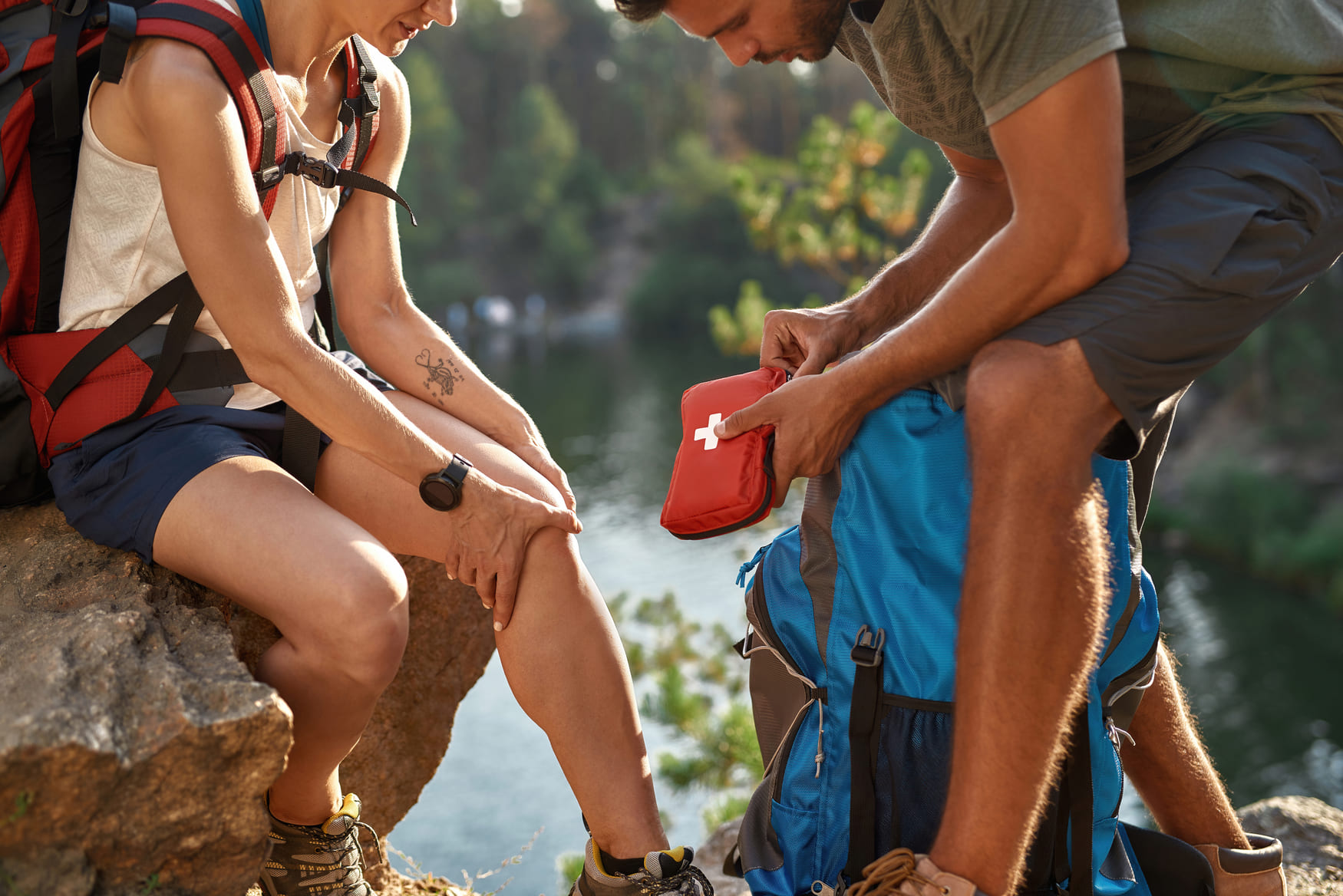
While we always hope for the best, those who love the great outdoors know the beauty of being out in the wilderness can come with a bit of risk. While one of the main draws of the great outdoors is being able to disconnect, it also means you’re further away from help if you need it.
That’s why it’s so important to be prepared with the knowledge and tools for what to do if someone does happen to get hurt. After all, when you’re in the middle of the woods, you can’t rely on Google when there may be no service and medical help may not be a phone call or drive away.
Injuries on the trail can be common, but they’re typically minor and easily treatable. When providing first-aid in the wilderness, the majority of the time your main goal is to prevent a condition from getting worse and continuing on your expedition. However, it’s important to be prepared for any situation. Time, the environment, a lack of resources, and a lack of communication with the outside world may all be factors that can make treating injuries more difficult in the wilderness. Before departing on your trip, consider what can go wrong and what access you’ll have to medical attention, cell phone service, or fellow hikers.
Wilderness First-Aid Kit Checklist
You can purchase a prepackaged first-aid kit or prepare one on your own. However, knowing how to correctly use the items in a first-aid kit is just as important as having them, so it may be in your best interest to take a wilderness first-aid course to be confident and fully prepared.
The length, remoteness, and environment may dictate what items you should bring. For a standard DIY wilderness first-aid kit here is a guide to what items you may want to include:
Basic Care Supplies
Medications
Wraps, Splints, and Wound Coverings
While splint kits and wraps may bring peace of mind to carry along, they aren’t essentials and are often bulky and take up space. If you don’t have the space, remember you may always be able to improvise these items with things like handkerchiefs, articles of clothing, and a tree branch.
Tools and Other Supplies
Providing First-Aid
When someone in your group becomes injured, the first thing you should do is evaluate the situation with the following steps:
Wilderness First-Aid Tips